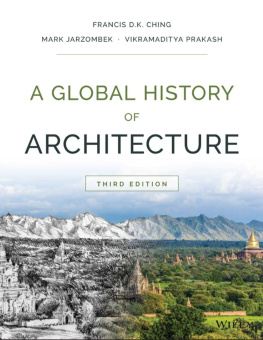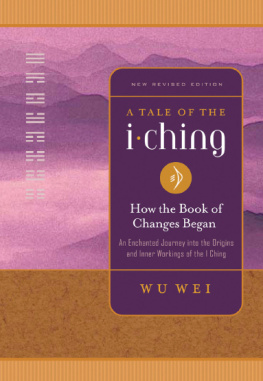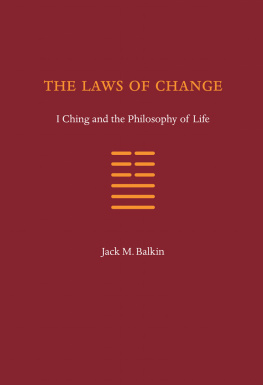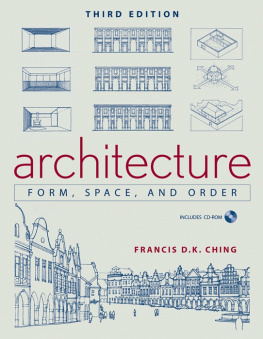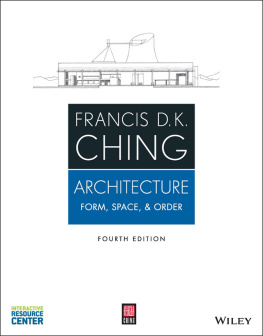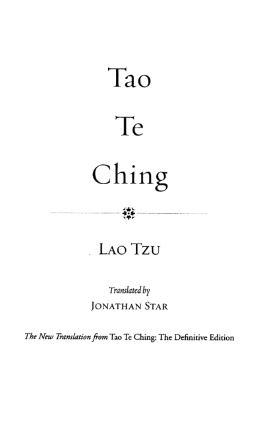Ching Francis D. K. - A Global History of Architecture
Here you can read online Ching Francis D. K. - A Global History of Architecture full text of the book (entire story) in english for free. Download pdf and epub, get meaning, cover and reviews about this ebook. City: Hoboken;NJ, year: 2017, publisher: John Wiley & Sons, Incorporated, genre: Religion. Description of the work, (preface) as well as reviews are available. Best literature library LitArk.com created for fans of good reading and offers a wide selection of genres:
Romance novel
Science fiction
Adventure
Detective
Science
History
Home and family
Prose
Art
Politics
Computer
Non-fiction
Religion
Business
Children
Humor
Choose a favorite category and find really read worthwhile books. Enjoy immersion in the world of imagination, feel the emotions of the characters or learn something new for yourself, make an fascinating discovery.
- Book:A Global History of Architecture
- Author:
- Publisher:John Wiley & Sons, Incorporated
- Genre:
- Year:2017
- City:Hoboken;NJ
- Rating:5 / 5
- Favourites:Add to favourites
- Your mark:
- 100
- 1
- 2
- 3
- 4
- 5
A Global History of Architecture: summary, description and annotation
We offer to read an annotation, description, summary or preface (depends on what the author of the book "A Global History of Architecture" wrote himself). If you haven't found the necessary information about the book — write in the comments, we will try to find it.
A Global History of Architecture — read online for free the complete book (whole text) full work
Below is the text of the book, divided by pages. System saving the place of the last page read, allows you to conveniently read the book "A Global History of Architecture" online for free, without having to search again every time where you left off. Put a bookmark, and you can go to the page where you finished reading at any time.
Font size:
Interval:
Bookmark:


Cover image: Jorg Hackemann/Shutterstock.com
Cover design: Wiley
This book is printed on acid-free paper. 
Copyright 2017 by John Wiley & Sons. All rights reserved.
Published by John Wiley & Sons, Inc., Hoboken, New Jersey
Published simultaneously in Canada
No part of this publication may be reproduced, stored in a retrieval system, or transmitted in any form or by any means, electronic, mechanical, photocopying, recording, scanning, or otherwise, except as permitted under Section 107 or 108 of the 1976 United States Copyright Act, without either the prior written permission of the Publisher, or authorization through payment of the appropriate per-copy fee to the Copyright Clearance Center, 222 Rosewood Drive, Danvers, MA 01923, (978) 750-8400, fax (978) 646-8600, or on the web at www.copyright.com. Requests to the Publisher for permission should be addressed to the Permissions Department, John Wiley & Sons, Inc., 111 River Street, Hoboken, NJ 07030, (201) 748-6011, fax (201) 748-6008, or online at www.wiley.com/go/permissions.
Limit of Liability/Disclaimer of Warranty: While the publisher and author have used their best efforts in preparing this book, they make no representations or warranties with the respect to the accuracy or completeness of the contents of this book and specifically disclaim any implied warranties of merchantability or fitness for a particular purpose. No warranty may be created or extended by sales representatives or written sales materials. The advice and strategies contained herein may not be suitable for your situation. You should consult with a professional where appropriate. Neither the publisher nor the author shall be liable for damages arising herefrom.
For general information about our other products and services, please contact our Customer Care Department within the United States at (800) 762-2974, outside the United States at (317) 572-3993 or fax (317) 572-4002.
Wiley publishes in a variety of print and electronic formats and by print-on-demand. Some material included with standard print versions of this book may not be included in e-books or in print-on-demand. If this book refers to media such as a CD or DVD that is not included in the version you purchased, you may download this material at http://booksupport.wiley.com. For more information about Wiley products, visit www.wiley.com.
Library of Congress Cataloging-in-Publication Data:
Names: Ching, Francis D. K., 1943- author. | Jarzombek, Mark, author. |
Prakash, Vikramaditya, author.
Title: A global history of architecture / Francis D.K. Ching, Mark Jarzombek,
Vikramaditya Prakash.
Description: Third edition. | Hoboken, New Jersey : Wiley, 2017. | Includes
bibliographical references and index.
Identifiers: LCCN 2017004046 (print) | LCCN 2017005382 (ebook) | ISBN
9781118981337 (hardback) | ISBN 9781118981610 (Adobe PDF) | ISBN
9781118981603 (ePub)
Subjects: LCSH: Architecture--History. | BISAC: ARCHITECTURE / History /
General.
Classification: LCC NA200 .C493 2017 (print) | LCC NA200 (ebook) | DDC
720.9--dc23
LC record available at https://lccn.loc.gov/2017004046
Printed in the United States of America
10987654321
What is a global history of architecture? There is, of course, no single answer, just as there is no single way to define words like global, history, and architecture. Nonetheless, these words are not completely open-ended, and they serve here as the vectors that have helped us construct the narratives of this volume. With this book, we hope to provoke discussion about these terms and at the same time furnish a framework students can use to begin discussion in the classroom.
This book transcends the necessary restrictions of the classroom, where in a semester or even two, the teacher has to limit what is taught based on any number of factors. The reader should understand that there is always something over the horizon. Whereas any such book must inevitably be selective about what it can include, we have attempted to represent a wide swath of the globe, in all its diversity. At the same time,however, the book does not aspire to be an encyclopedia of everything that has been built; nor does it assume a universal principle that governs everything architectural. The buildings included are for us more than just monuments of achievement; we see them as set pieces allowing us to better appreciate the complex intertwining of social, political, religious, and economic contexts in which they are positioned. As much as possible, we emphasize urban contexts as well as materials and surfaces. We have also tried to emphasize quality as much as quantity. From that point of view, the word global in the title is not so much a geographic construct as an eruditional horizon. In that sense, this book is not about the sum of all local histories. Its mission is bound to the discipline of architecture, which requires us to see connections, tensions, and associations that transcend so-called local perspectives. In that respect, ours is only one of many possible narratives.
Synchrony has served as a powerful frame for our discussion. For instance, as much as Seouls Gyeongbok Palace is today heralded in Korea as an example of traditional Korean architecture, we note that it also belongs to a Eurasian building campaign that stretched from Japan (the Katsura Imperial Villa), through China (Beijing and the Ming Tombs), to Persia (Isfahan), India (the Taj Mahal), Turkey (the Suleymaniye Complex), Italy (St. Peters Basilica and the Villa Rotonda), France (Chambord), and Russia (Cathedral of the Assumption). In some cases, one can assume that information flowed from place to place, but such movement is not itself a requirement for the architecture to qualify as global. It is enough for us to know, first, that these structures are contemporaneous and that each has a specific history. If there are additional connections that come as a result of trade, war, or other forms of contact, these are for us subsidiary to contemporaneity.
This is not to say that our story is exclusively the story of individual buildings and sites, only that there is a give and take between explaining how a building works and how it is positioned in the world of its influences and connections. We have, therefore, tried to be faithful to the specificities of each individual building while acknowledging that every architectural project is always embedded in a larger worldand even a worldviewthat affects it directly and indirectly.
Our post-19th-century penchant for seeing history through the lens of the nation-state often makes it difficult to apprehend such global pictures. Furthermore, in the face of todays increasingly hegemonic global economy, the tendency by historians, and often architects, to nationalize, localize, regionalize, and even micro-regionalize historyperhaps as meaningful acts of resistancecan blind us to the historical synchronicity and interconnectivity of global realities that existed long before our present moment of globalization. What would the Turks be today if they had stayed in East Asia? The movement of people, ideas, food, and wealth has bound us to each other since the beginning of history. And so without denying the reality of nation-states and their claims to unique histories and identities, we have resisted the temptation to streamline our narratives to fit nationalistic parameters. Indian architecture, for instance, may have some consistent traits from its beginnings to the present day, but there is less certainty about what those traits might be than one may think. The flow of Indian Buddhism to China, the opening of trade to Southeast Asia, the settling of Mongolians in the north, the arrival of Islam from the east, and the colonization by the English are just some of the more obvious links that bind India, for better or worse, to global events. It is these links, and the resultant architecture, more than the presumed Indianness of Indian architecture, that interests us. Furthermore, India has historically been divided into numerous kingdoms that, like Europe, could easily have evolved (and in some cases did evolve) into their own nations. The 10th-century Chola dynasty of peninsular India, for example, was not only an empire but possessed a unique worldview of its own. In writing its history, we have attempted to preserve its distinct identity while marking the ways in which it maps its own global imagination.
Next pageFont size:
Interval:
Bookmark:
Similar books «A Global History of Architecture»
Look at similar books to A Global History of Architecture. We have selected literature similar in name and meaning in the hope of providing readers with more options to find new, interesting, not yet read works.
Discussion, reviews of the book A Global History of Architecture and just readers' own opinions. Leave your comments, write what you think about the work, its meaning or the main characters. Specify what exactly you liked and what you didn't like, and why you think so.

